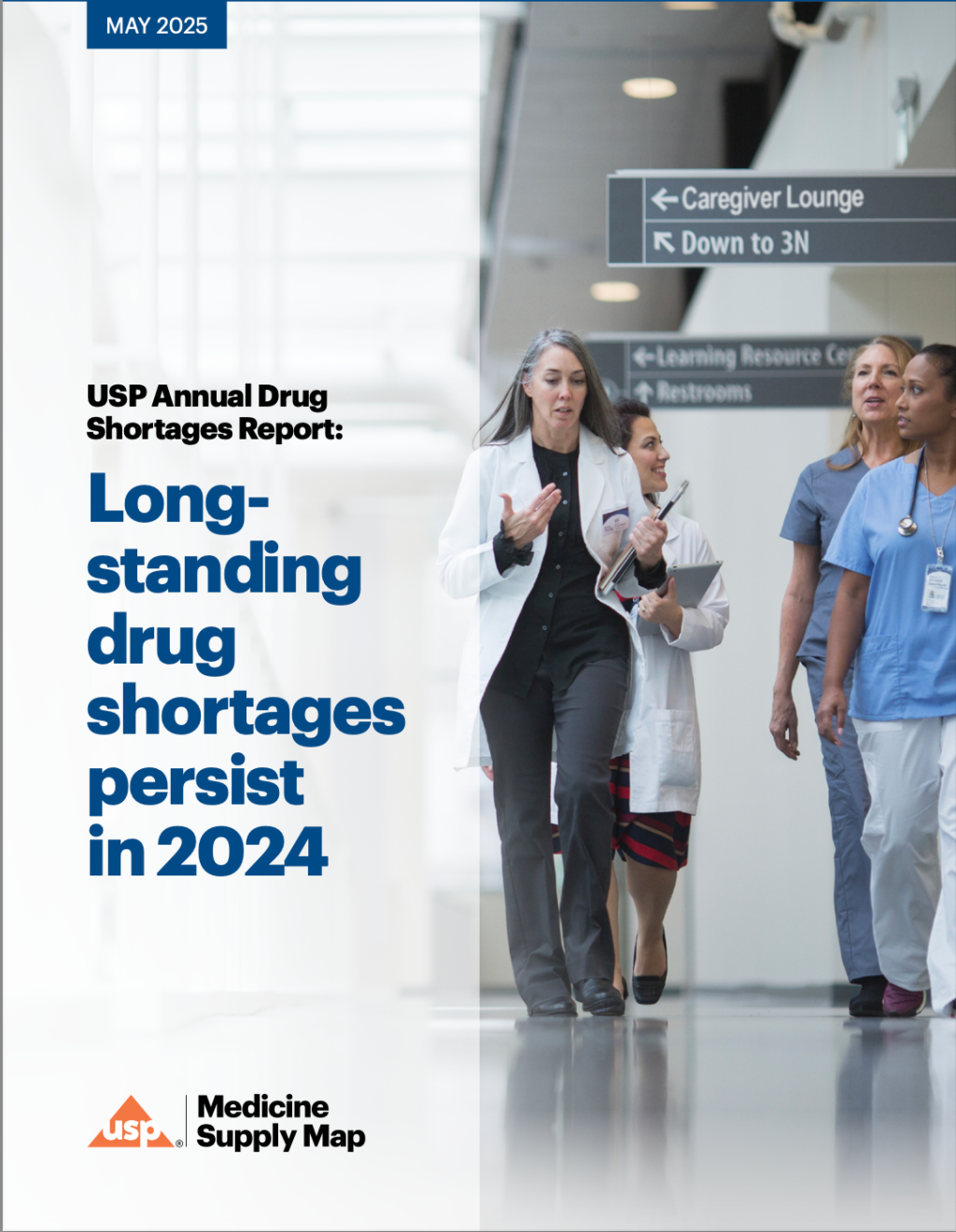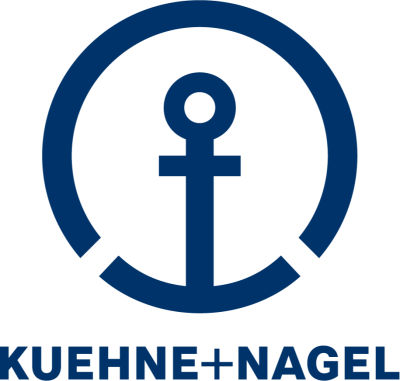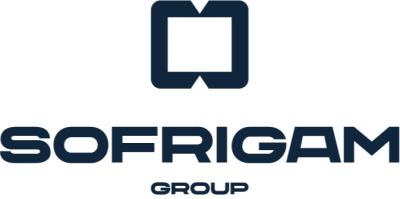LogiPharma USA 2026
October 5 - 7, 2026
Sheraton, Boston, MA
Whitepaper & Video Center

USP 2025 Annual Drug Shortages Report
The USP Annual Drug Shortages Report finds that long-lasting shortages make up the majority of the total, despite the decline in the number of total and new drug shortages (11 new shortages in 2024, down from 34 in 2023). More than 40 medicines have now been in shortage for three or more years, with five of those drugs in shortage for 10 or more years. Many of these medicines, such as leucovorin and lidocaine injections, are lifesaving medicines used in critical care settings.

The State of Pharma Logistics: Exploring Future-Ready Strategies for Pharmaceutical Logistics and Risk Management
This report highlights the pressing challenges and opportunities faced by pharmaceutical companies in securing and optimizing their supply chains. Key issues include inadequate cold chain management, regulatory compliance complexities, and theft and security threats, with many companies needing substantial improvements in these areas. The findings also reveal a significant gap in preparedness for future technological and regulatory changes, which could impede progress in the industry

Logipharma: After the Event Report
LogiPharma USA 2024, in its 19th annual gathering, focused on crucial themes shaping the pharmaceutical industry's future, including digital transformation, sustainability, end-to-end visibility, risk management, DSCSA compliance, improving partnerships, enhancing supply chain security, and workforce development. The event brought together industry leaders to share groundbreaking insights and practical strategies aimed at advancing pharmaceutical supply chains towards greater efficiency, sustainability, and patient-centricity. The knowledge shared during the event is expected to catalyze innovation in the field, helping LogiPharma USA fulfill its mission of driving the pharmaceutical supply chain forward collaboratively.

Tools for Building Trust, Visibility, & Control in Supply Chain Partnerships
Medical supply chains are setting the trends with their use of digital and analytics tools across the value chain to drive growth and productivity, improve resilience, and deliver environmental sustainability. Nonetheless, achieving growth and resilience is still a challenge, especially for medical and pharmaceutical organizations that are heavily dependent upon suppliers in disparate regions. This study explores the investments and strategies medical and pharmaceutical companies have and plan to employ to improve their supply chain strategies and build better partnerships with their suppliers to position themselves for long term, sustainable growth.

Digitizing Healthcare Supply Chains for End-to-End Visibility
Healthcare supply chains are catching up toother industries in their digital transformations, providing new opportunities for greater efficiency, better forecasting, more accountability, and end-to-end visibility. But barriers to operationalizing these capabilities remain. Issues with interoperability and serialization are consistent struggles for many pharmaceutical and medical device manufacturers, and internal supply chain teams must be able to prove or realize ROI to justify important technology investments. This guide identifies opportunities for medical and pharmaceutical manufacturers to achieve a future state for their supply chains, including end-to-end visibility, better forecasting, and easier compliance with oncoming industry regulations.












































